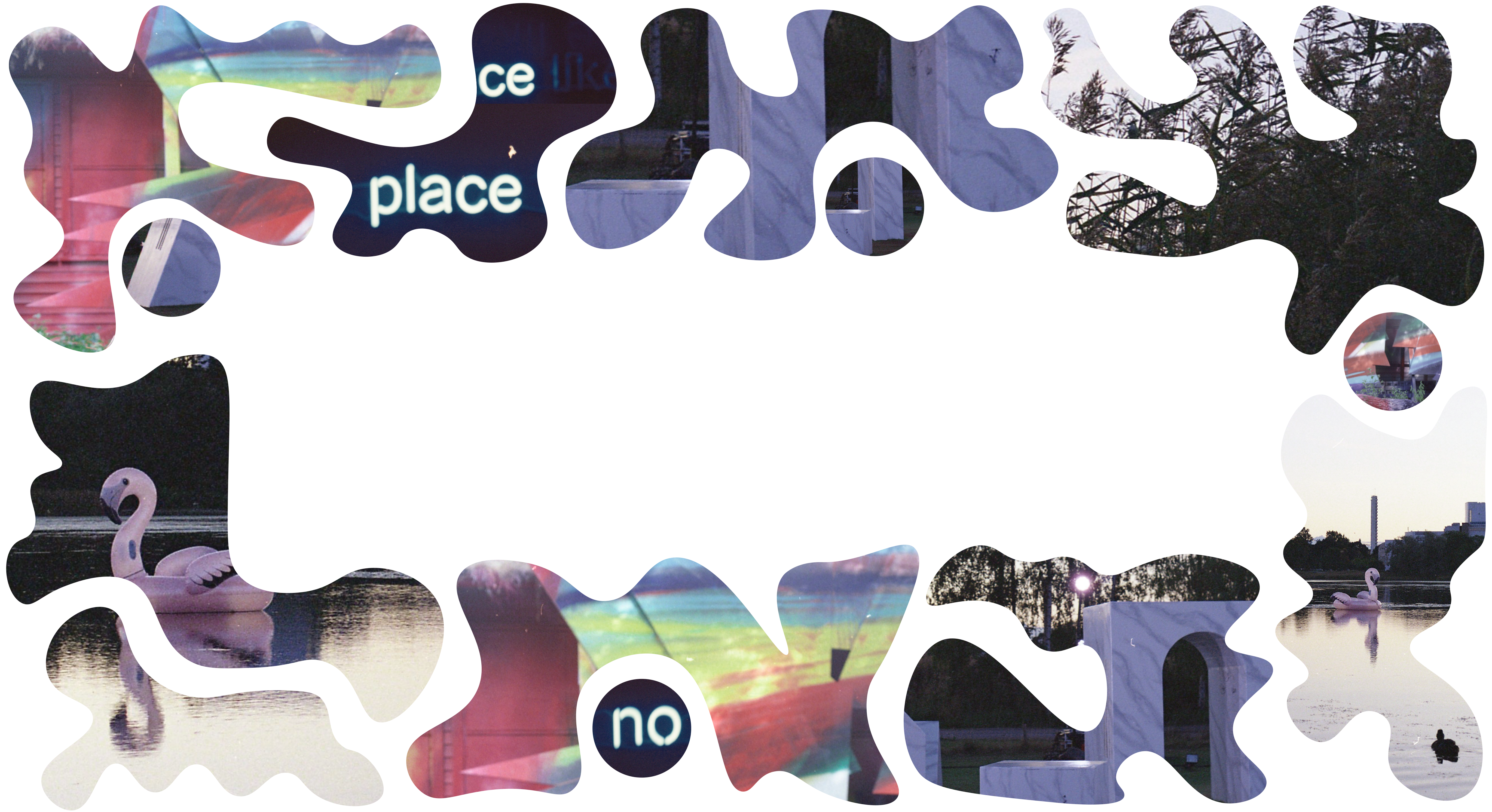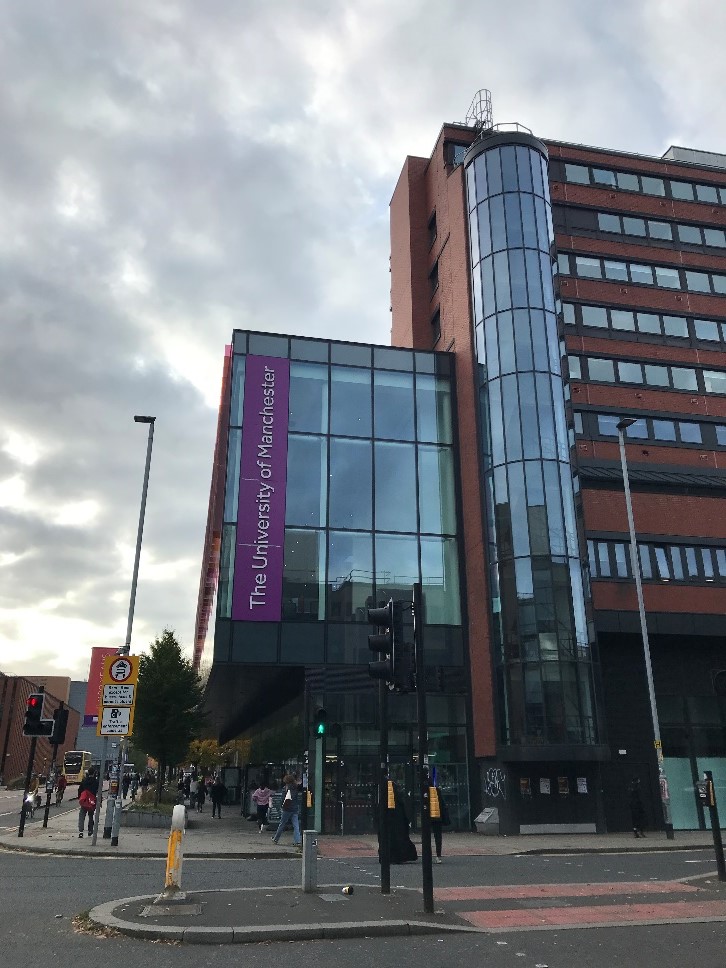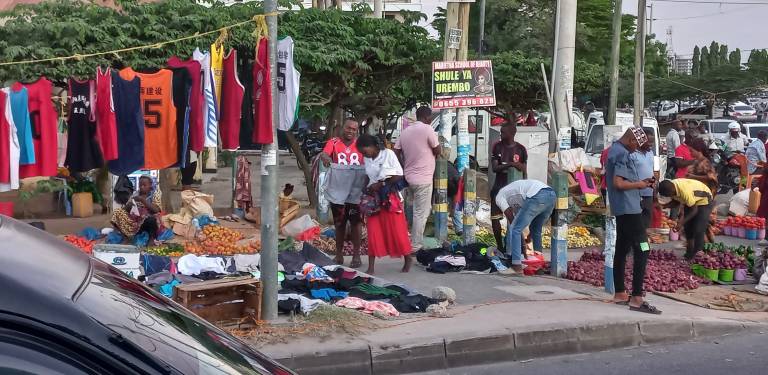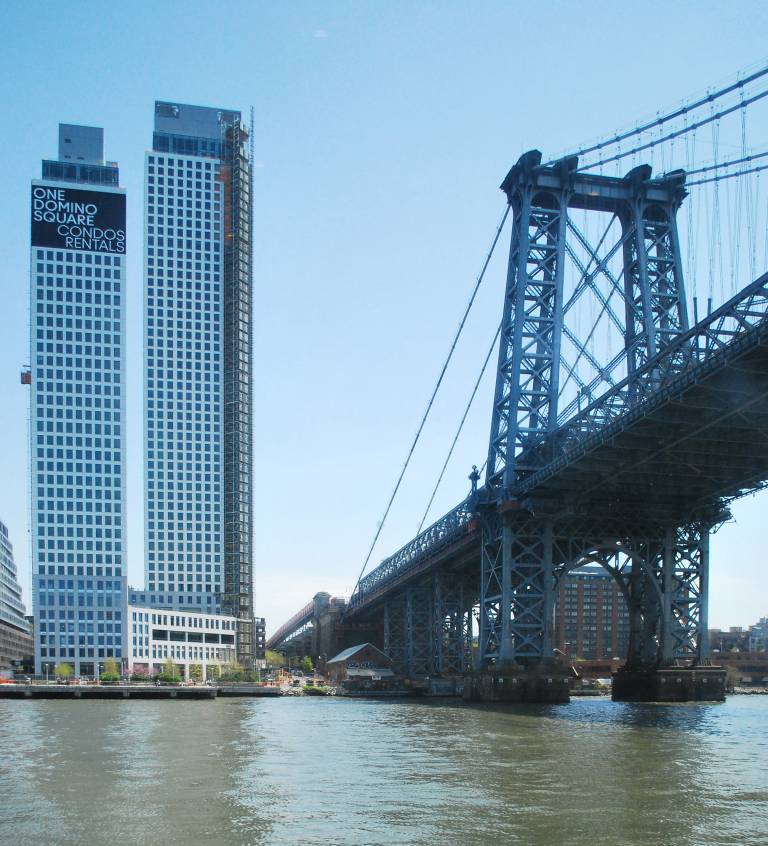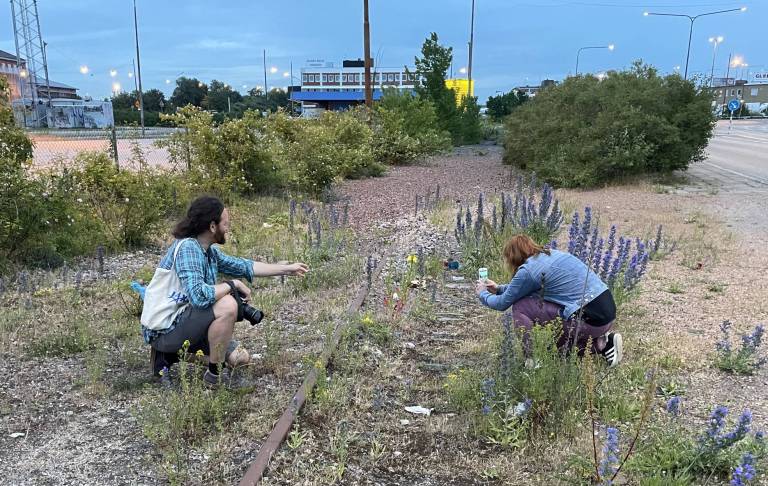Cities are often designed with young, working-age adults in mind, but as the global population ages, there is a need to change in urban environments to meet the needs of everyone. Ageing in place, the ability for older adults to continue living in their own homes and communities has been widely recognized as beneficial for wellbeing. It fosters social connections, promotes autonomy, and enhances overall quality of life for them.
Yet, ageing in place is only possible if individuals can continue to access services, participate in social activities, and run daily errands. Mobility is a key factor in making this happen. Without adequate transportation options, older adults may become isolated, which can lead to negative health outcomes such as depression, cognitive decline, and reduced physical activity. Especially when older individuals are no longer driving, and when public transport options are insufficient or inaccessible, or when functional limitations prevent them from accessing transportation, limiting people’s ability to remain engaged in their communities.
These mobility challenges not only affect individual independence but also have broader urban planning implications. When older adults cannot move freely in their environment, they are less likely to engage with local businesses, participate in community events, or access healthcare services, ultimately impacting the vibrancy and inclusivity of the city itself.
Exploring Solutions: Research on Age-Friendly environments
To tackle these challenges, my research focuses on understanding and improving transportation solutions for older adults. Through collaboration with international scholars, I aim to identify best practices in transportation design that support ageing populations.
As a part of this work, I recently visited the University of Leeds, and University of Manchester where I gave presentations and collaborated with researchers at the Institute for Transport Studies (ITS) and Manchester Urban Ageing Research Group (MUARG). These interactions provided valuable insights into policy frameworks and infrastructure investments that can enhance mobility for older residents.
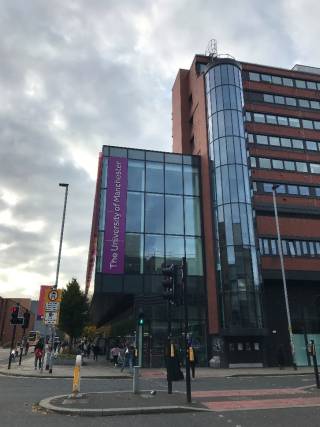
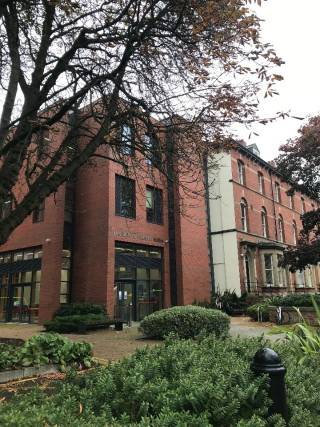
I also had the privilege of having a private tour with Phillipa Winship in Manchester with a focus on Manchester’s urban environment, history and movements which shaped urban structure of Manchester. Phillipa is a doctoral researcher, and her focus is on how urban change and regeneration policies disrupt ageing in place for diverse groups and how participatory processes might counter this disruption.
Building Global Connections for Age-Friendly Cities
Beyond my work in Leeds, I also had the opportunity to engage with scholars from Lund University, Sweden, as they were also on a research visit at that time. This led to the establishment of a doctoral network focused on mobility. The initiative aims to facilitate ongoing discussions, webinars, and joint research projects exploring how different cities worldwide are adapting to transportation needs of people.
Additionally, I’m planning to conduct a study in two mid-sized cities, Tampere and Leeds, analyzing how their urban environments and new transportation systems accommodate older adults. This will contribute to a policy brief and a scientific paper later and. Visiting UK had a huge impact on understanding structure of Leeds from urban perspective, as well as demographic and cultures.
The Future of Age-Friendly Urban Environments
Designing cities that are truly age-friendly is not just about supporting older adults – it benefits everyone. A city that is accessible for an 80-year-old is also safer for parents with strollers, individuals with limited abilities, and anyone who needs well-designed public spaces. Walkable neighborhoods, efficient public transportation, and safe mobility options create healthier, more inclusive urban environments for all generations.
As cities continue to expand, urban planners, policymakers, and researchers must work together to ensure that transportation systems are designed for people of all ages and abilities. By addressing mobility barriers and investing in age-friendly urban design, we can create cities that move forward together, where no one is left behind.
Fatemeh Hatami is a doctoral researcher at Tampere University. Her background is in Transportation Engineering but now she is in Social Sciences working on transportation for older adults. Her works is part of a European project called HOMeAGE, funded by the Marie-Curie Actions focusing on ageing in place.

